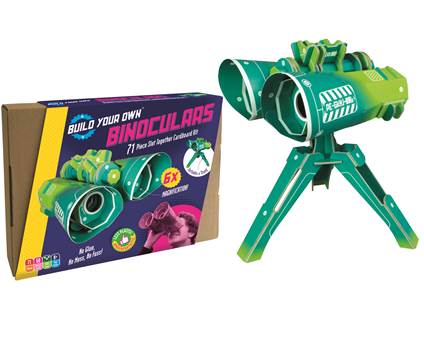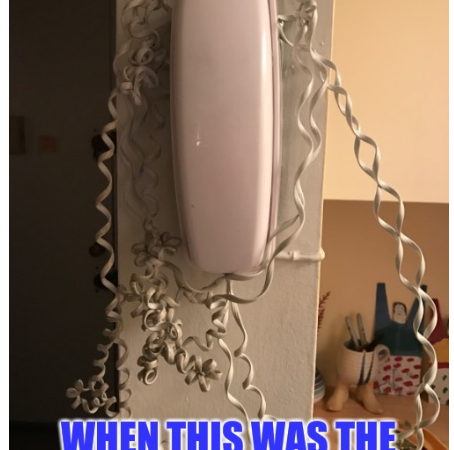Build Your Own Binoculars – Eco-Friendly – Minimum Plastic and Maximum Fun!

Build Your Own Binoculars are the perfect addition to the STEM inspired eco-friendly Build Your Own range. Designed to encourage outdoor family fun, the new Build Your Own Binoculars help you to observe and enjoy birds and wildlife in greater detail.
Construct the binoculars alone or make it a family project, Build Your Own makes building their sustainable carboard and paper kits lots of fun. Build Your Own Binoculars are easy to assemble using slot together techniques – there’s no glue, no mess, no fuss. Suitable for children aged 8+, everything you need is provided in the kit – simply follow the instructions: press out the pre-cut parts, build and you’re ready to explore!
The fully functioning, bold aqua green binoculars look super cool with zingy pops of lime. Lightweight and ergonomically designed, these robust, sustainable cardboard binoculars make it easy to enjoy time together outdoors.
Build Your Own Binoculars ensure image quality is clean and sharp. This new Build Your Own kit features; 6x magnification, a central focus slider and eyepiece focussing for finer adjustments.
Additional features include a handy Tripod Stand to rest your binoculars on when they’re not in use. Innovative slots in the stand legs let you stash your lens caps when you’re busy observing. Made using sustainable cardboard, Build Your Own’s Binoculars are not only fun and engaging to play with, but totally eco-friendly.
Build Your Own Binoculars are suitable for children 8 years+ but are best enjoyed as a family experience.
Mess-free, slot together cardboard construction
Perfect family time activity
60-minute build
Skill level rating: 4 stars out of 5
67 press-out parts (plus 2 x objective lenses and 2 x eyepiece lenses)
Adjustable barrels to fit any eye distance gap
Perfect for bird spotting and outdoor exploration
High-quality sustainable cardboard
Full instructions included
Designed in the UK
Fun, educational and supports STEM
Age 8+ (adult supervision recommended)
The Build Your Own Build Your Own Binoculars is suitable for ages 8 to 100!
Available from www.buildyourownkits.com






